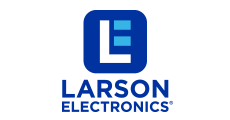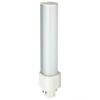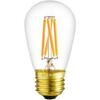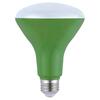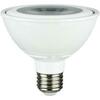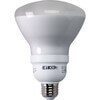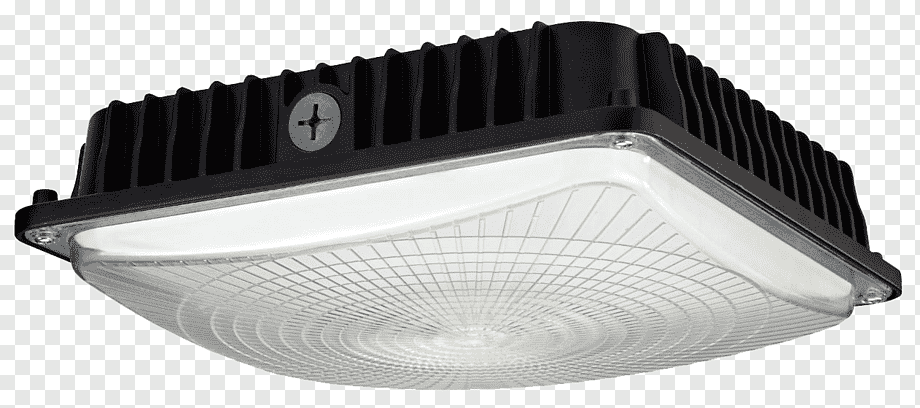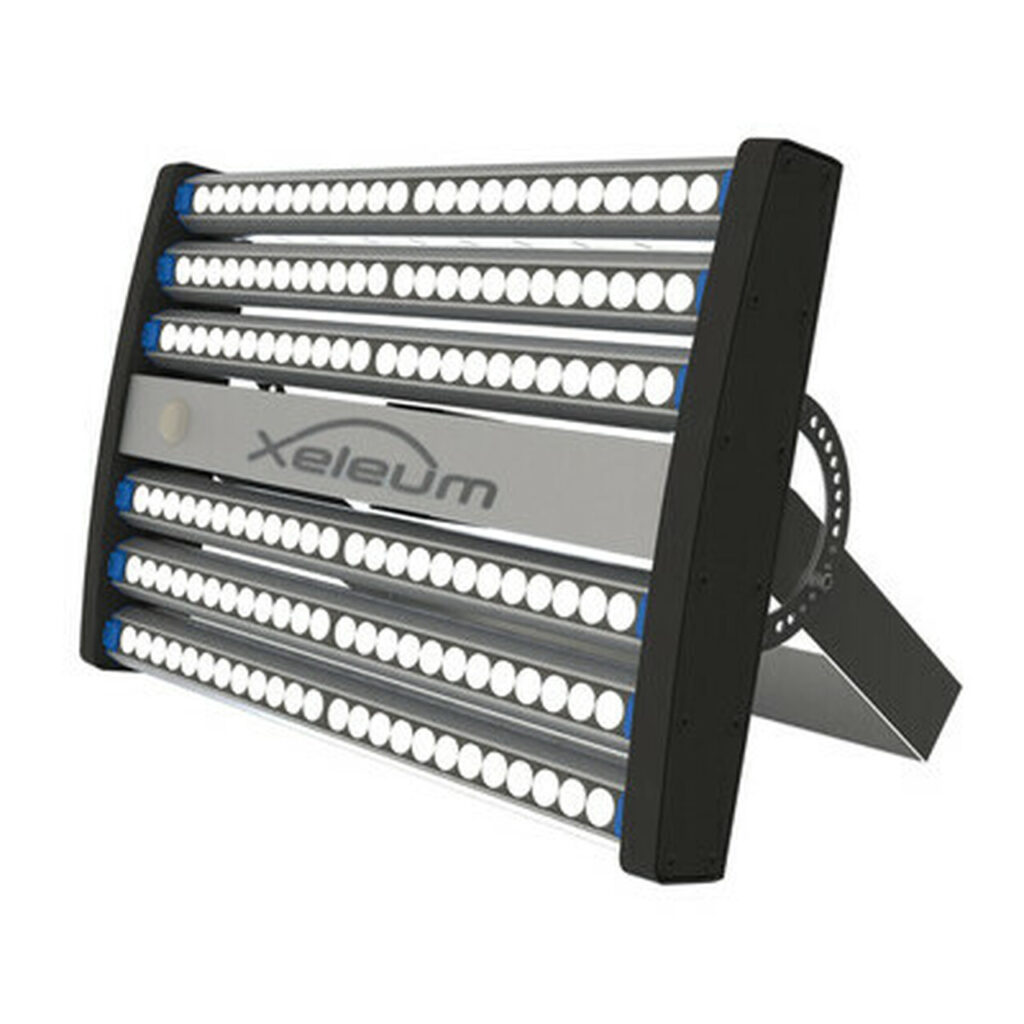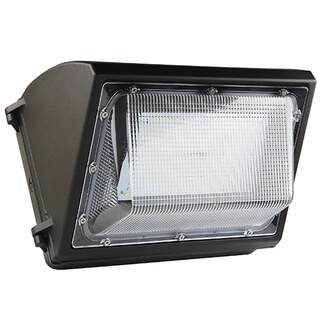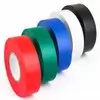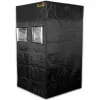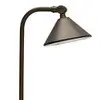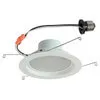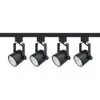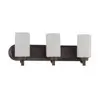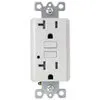An eco-friendly lifestyle is no longer a phase but a necessity in today’s world. Changing to energy-efficient bulbs could be something simple enough to help the environment. Comparatively cheap, traditional incandescent bulbs use loads of energy and burn out quickly, thus being less environmentally friendly. On the other hand, sustainable lighting options save energy and try to reduce your carbon footprint. Let’s have an overview of eco-friendly lighting and see how to pick the best sustainable bulbs for your home or office.
Why Switch to Sustainable Bulbs?
Switching to sustainable light bulbs is a small change that can have a big impact. Conventional bulbs are not designed with the environment in mind. They use excessive energy, emit more heat than light, and require frequent replacements. On the other hand, eco-friendly options like LED (Light Emitting Diode) and CFL (Compact Fluorescent Lamp) bulbs are engineered to provide the same or better lighting with significantly less energy.
Benefits of Eco-Friendly Light Bulbs
- Energy Efficiency: LED, a sustainable light bulb, uses about 75% less energy than traditional incandescent bulbs. This means lower electricity bills and reduced greenhouse gas emissions.
- Longer Lifespan: Energy-efficient bulbs are designed to last longer. LEDs, for example, can last up to 25 times longer than incandescent, reducing waste from discarded bulbs.
- Lower Heat Emission: Traditional bulbs convert much of their energy into heat rather than light. Sustainable lighting options emit minimal heat, which reduces the strain on air conditioning systems, further saving energy.
- Environmental Impact: Eco-friendly bulbs use less energy and have a lower carbon footprint. Additionally, many modern bulbs contain fewer harmful chemicals, such as mercury, making them safer for disposal and recycling.
Types of Sustainable Lights
When choosing sustainable lighting, it’s essential to understand the different types of light bulbs available and how they differ in terms of energy efficiency and environmental impact. Here are the most common options:
1. LED Bulbs
LEDs are the most popular choice for sustainable lighting. These bulbs are incredibly energy-efficient, using up to 90% less energy than traditional incandescent bulbs. They are also long-lasting, with a lifespan of 15 to 25 years depending on usage.
Key Benefits of LEDs:
- Extremely energy-efficient
- Produce bright light with minimal heat
- Available in various colors and brightness levels
- Long lifespan, reducing replacement frequency
2. CFL Bulbs
Compact Fluorescent Lamps (CFLs) are another great option for energy-efficient lighting. Although they use more energy than LEDs, CFLs still consume significantly less than incandescent. These bulbs last about 10 times longer than traditional bulbs and are an affordable alternative.
Key Benefits of CFL Bulbs:
- Energy savings of up to 70% compared to incandescent bulbs
- Available in a wide range of shapes and sizes
- Good for general lighting applications
3. Halogen Lights
Halogen bulbs are more energy-efficient than traditional incandescent bulbs, but they don’t match the performance of LEDs or CFLs. However, they do produce a bright, white light that is similar to daylight, making them a preferred choice for some specific lighting needs.
Key Benefits of Halogen Lights:
- Lower energy consumption than traditional incandescent
- Bright, crisp light
- Can be used with dimmers or elv dimmers
How to Choose the Right Bulbs for Your Needs
When selecting sustainable bulbs, there are a few important factors to consider:
1. Energy Star Rating
Look for the Energy Star label when purchasing bulbs. This certification ensures that the bulb meets high energy efficiency and performance standards.
2. Brightness and Wattage
Energy-efficient bulbs, especially LEDs, use fewer watts to produce the same amount of brightness as traditional bulbs. For instance, a 10-watt LED can produce as much light as a 60-watt incandescent bulb. Always check the lumens rating on the packaging, which indicates the brightness of the bulb.
3. Color Temperature
Different types of bulbs emit light in various color temperatures. For a cozy, warm ambiance, choose bulbs with a color temperature of 2700K–3000K. For brighter, cooler light, such as for workspaces or outdoor areas, select bulbs in the range of 4000K–5000K.
4. Consider a Reliable Bulb Supplier
It’s crucial to purchase eco-friendly bulbs from a reputable light bulb supplier. This ensures the bulbs meet high-quality and sustainability standards. Trusted suppliers often provide detailed product information, helping you make informed choices. A good bulb supplier will also prioritize responsible sourcing and offer energy-efficient products that align with environmental guidelines.
The Importance of Sourcing from a Reputable Light Bulb Supplier
Choosing energy-efficient bulbs is a step in the right direction, but it’s equally important to source them from a responsible supplier. Why does this matter? A reputable supplier ensures product quality and aligns with environmentally responsible practices. This means that from production to distribution, the entire process aims to minimize environmental impact.
What to Look for in a Light Bulb Supplier:
- Sustainable Manufacturing Practices: Ensure the supplier sources bulbs from manufacturers who use eco-friendly materials and minimize waste during production.
- Transparency: A reliable bulb supplier will provide detailed information on the energy ratings and lifespan of the bulbs they offer. This transparency helps consumers make better choices.
- Recycling and Disposal Support: Some suppliers also offer programs for recycling used bulbs, ensuring they are disposed of safely and responsibly.
Recycling and Disposal of Bulbs
While eco-friendly bulbs are designed to last longer, they will eventually need to be replaced. Proper disposal and recycling are essential to minimize their environmental impact. Many energy-efficient bulbs contain small amounts of hazardous materials, such as mercury in CFLs, so it’s important to recycle them properly.
Recycling Tips:
- Contact your local waste management facility to find out about bulb recycling programs in your area.
- Some lighting suppliers offer take-back programs to ensure used bulbs are recycled safely.
- Avoid throwing used bulbs in the trash as this can lead to contamination of landfills and ecosystems.
Smart Lighting for Greater Efficiency
Pairing energy-efficient bulbs with smart lighting systems can significantly boost your energy savings. These systems let you control your lights remotely, set timers, and use motion sensors to ensure lights are only on when needed. This combination saves energy and adds convenience to your daily routine.
The Future of Lighting
The future of eco-friendly lighting includes solar-powered light bulbs and products made from recycled materials. These innovations offer even greater energy efficiency and environmental benefits. By choosing sustainable options from a trusted bulb supplier, you can stay ahead in reducing your carbon footprint while embracing cutting-edge lighting solutions.
If you’re looking for the highest quality lighting products, our light bulb store just might have what you need. Visit Lighting and Supplies today!





